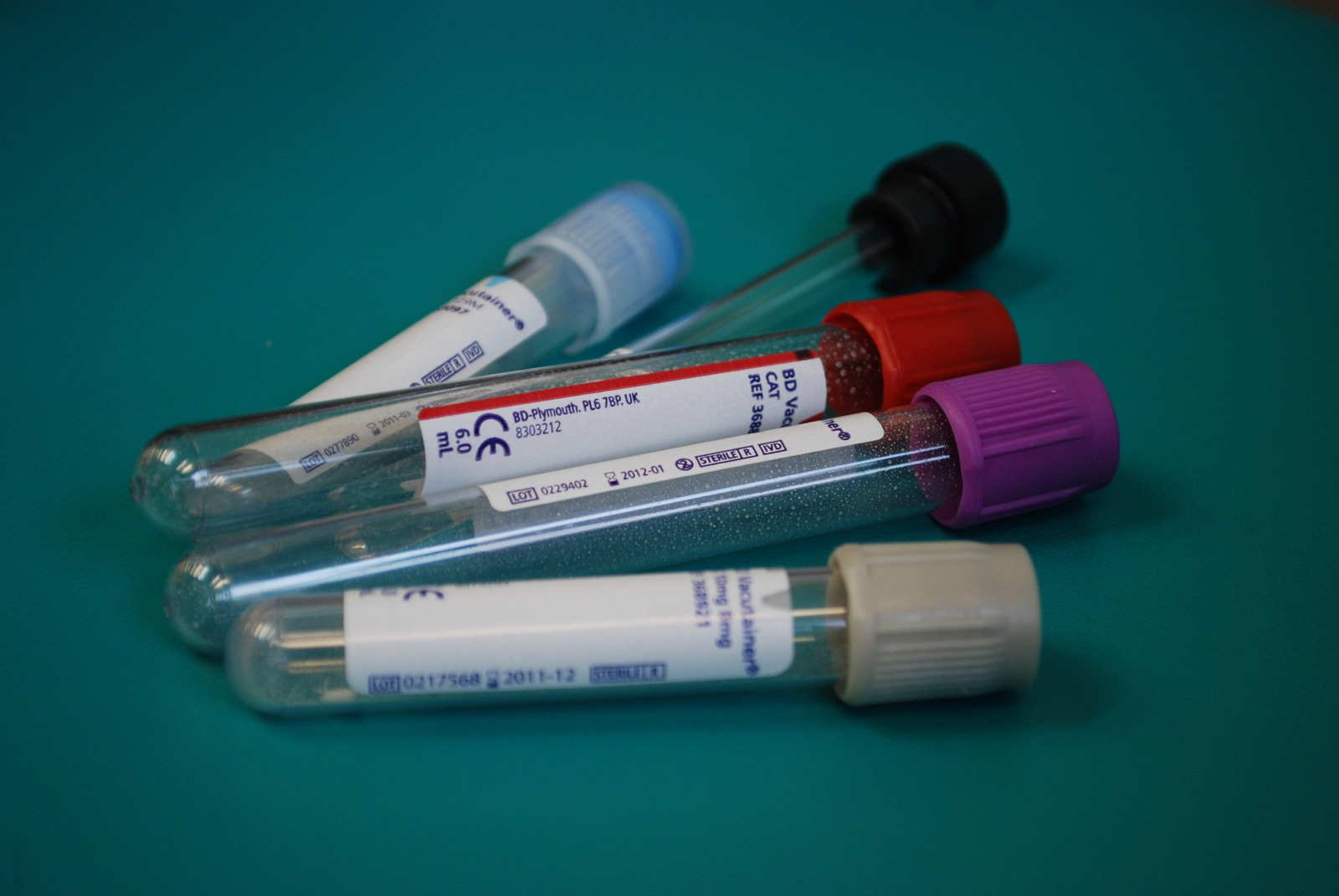CANDIDA OVERGROWTH IN THE INTESTINES: A COMMON PROBLEM IN TOXIC MOLD SYNDROMECANDIDA OVERGROWTH If you are experiencing symptoms from exposure to toxic mold, you may have noticed that you suddenly have a white tongue and may be reacting allergically to foods that you never used to have a problem with. Most likely you are experiencing a candida overgrowth in your entire digestive tract which includes your mouth as well as your intestines. We think this may happen as a result of the immune suppression caused by exposure to toxic mold. Could it also be the fungus you are being exposed to has set up camp in your digestive tract? I think it is a possibility because some of the toxic molds can live in the human body. Candida is a type of fungus that normally grows in your body at low levels but when it overgrows can cause toxic symptoms. The sad thing is that even if you leave the mold exposure, the candida or fungal- overgrowth seems to stick with you. If you do not take care of it right away it can get so deeply embedded in the intestines that it will be harder to get under control. So right about now you may be wondering, what is fungal-overgrowth or candida overgrowth syndrome AKA Candida Syndrome? For the purposes of this article I am going to refer to this syndrome interchangeably as candida syndrome or fungal-overgrowth syndrome. Keep in mind the possibility that this could also be due to other fungi specifically the ones you have been exposed to. In either case the same principles and treatment apply.
THE MOST COMMON CANDIDA SYMPTOMS ARE:The most common candida symptoms are:
Other symptoms include:
THE CANDIDA SYNDROME/FUNGAL-OVERGROWTH SYNDROME: WHAT IS IT?The candida syndrome/fungal overgrowth syndrome is a health problem that is more widespread than thought and largely ignored by the medical profession. It is not considered by many doctors when patients come in complaining of the symptoms of this syndrome, a few of which are fatigue and just not feeling well. Many holistic physicians do recognize and treat this, but because holistic physicians are a minority, many people are missing out on being diagnosed and treated for this condition. In my practice, all too often, I encounter patients that are ignorant of the existence of this syndrome and have been to their family physician and told there is nothing wrong with them or put on an antidepressant. I have seen remarkable improvements in my patients that I have diagnosed with candida syndrome/fungal overgrowth syndrome after being treated with anti-fungal diets, anti-fungal supplements and sometimes anti-fungal medication.
What is this syndrome? The candida syndrome/fungal-overgrowth syndrome is a condition that occurs in the body when there is an imbalance in the flora (microbiology community) of the intestinal tract. There are more bacteria in our intestines than there are cells in the human body. And these bacteria have more metabolic activity than all the cells of the human body. So it makes sense that imbalances can dramatically affect human health. Ordinarily, there is a delicate balance of bacteria and yeast (fungus) called candida. There are many strains of candida. Candida albicans is the most common strain in the human body. Among candida albicans there is variation in the sensitivity of these organisms to anti-fungal drugs or herbs. In other words, sometimes candida is resistant to certain agents that would normally kill it. The bacteria in the intestines are of 2 types, aerobic and anaerobic. Aerobic bacteria require oxygen while anaerobic bacteria are perfectly fine without oxygen. The vast majority of the bacteria in the intestine are anaerobes but their significance to health remains largely unknown. The levels of aerobic bacteria are what researchers use as an indicator of bacterial health. The three most frequently identified aerobic organisms are lactobacilli, bifidobacteria and ecoli.. These bacteria are essential to maintaining a healthy intestinal tract. Lactobacilli and bifidobacteria have been shown to inhibit gut pathogens, and carcinogens, lower cholesterol and synthesize vitamins and enzymes. There are other bacteria that can inhabit the intestines that are not beneficial and actually are possible or known carcinogens. If there are not enough of the good bacteria around, these bad bacteria can set up residence. Also candida can overgrow as well, when there is a deficiency of this good bacteria. In addition to bacteria and yeast there are also parasites that can invade the intestines. They are not as common but certain ones like giardia and blastocystis hominus are more common than most people would imagine.
HOW DO WE GET IMBALANCES IN OUR INTESTINAL FLORA?Antibiotics are the main culprit for this. Antibiotics kill bacteria but they do not kill yeast or fungal organisms like candida.. So the good bacteria die and the yeast overgrows to fill up the empty space.. Also some bad bacteria can overgrow too if it is a strain that is resistant to the antibiotic. Other things can contribute as well to killing good bacteria, such as preservatives in food, chlorine in drinking water and antibiotics in meat and dairy. Also, the use of steroids, birth control pills and hormone replacement therapy can make yeast grow and flourish and make a candida overgrowth worse. Also the perfect recipe for fungal overgrowth after killing off all the beneficial bacteria is a diet high in refined carbohydrates like sugar, white flour products, soda pops and juice. The main fuel source for candida is sugar. You may recall when making bread, there has to be some sort of sugar in the recipe to make the bread rise. This sugar is food for the yeast, enabling it to multiply and rise. The same thing happens in your intestines. When you eat sugar and refined carbs you are feeding the yeast. This is usually not a problem in someone with balanced flora. But with imbalanced flora it can be disasterous. In our culture there is a dangerous combination of frequent antibiotic use and excessive consumption of refined carbohydrates. It is no wonder there seems to be so many with this syndrome.
SO WHAT IS THE PROBLEM WITH TOO MUCH YEAST IN OUR INTESTINES?As yeast live and grow they produce waste products like any living organism does. And these metabolic waste products are toxic to the human body. In normal amounts a healthy body can handle them with no problem. But when the levels of metabolic waste increase as the number of candida organisms increase in the intestines, the body can become overwhelmed with the amount of toxins it has to get rid of. And if the body is being exposed to other toxins like that of toxic black mold, the body's detoxification pathways can easily become overwhelmed and toxic symptoms can develop. Couple this with the fact that some toxic mold toxins actually suppress the immune system which can lead to an overgrowth of candida, and you have the perfect recipe for disaster. The toxins cause symptoms that can vary between individuals because of individual variations and variations in types of fungus and the toxins they can produce.
|
BLOOD TEST FOR CANDIDA OVERGROWTH SYNDROMESTEP 1: STOP THE CANDIDA -OVERGROWTH Candicid ForteThis yeast infection treatment is a supplement containing a combination of herbs and other natural substances that are very effective in controlling candida overgrowth in the intestines. Candidase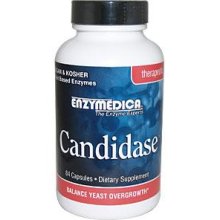 Candidase™ includes two enzymes that help control candida overgrowth and other fungal overgrowth. In individuals with candida overgrowth there is often a large amount of undigested fiber in the large intestine. Cellulase is the enzyme that breaks down fiber. It is also the only digestive enzyme our body does not make. By adding cellulase to the diet this fiber may be removed along with mucus and our body is able to achieve balance. The cell of yeast contains some fungal cellulose or a compound called chitin. Chitin is a polysaccharide, or carbohydrate, which is structurally very similar to cellulose. For the same reasons cellulase may help remove undigested fiber in the colon, it has been used in breaking down this cellulose-like chitin. The inside of the cell of yeast is mostly protein . The enzyme protease has the ability to hydrolyze (digest) protein. Protease has been used in clinics all over the world to break down this fungus and prevent its overgrowth. The addition of protease to this formula helps the body deal with excess "die-off" or common symptoms of cleansing. STEP 2 :ADD BACK THE GOOD BACTERIAHelp control candida overgrowth by adding back the good bacteria by taking good quality probiotics. You can either take the Healthy Start Pack or the Healthy Trinity along with the Life Start supplement You may have to take a probiotic regularly for a year before you really see a permanent change. 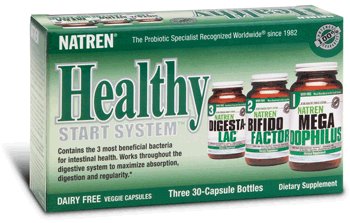
30 capsules each bottle (3 bottles)........................63.00 with free shipping 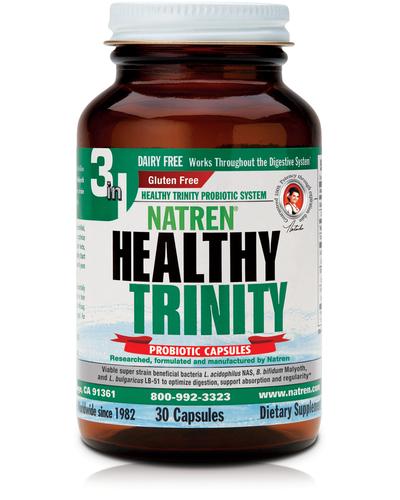 HEALTHY TRINITY 30 capsules 3 strains of probiotics........69.00 free shipping STEP 3 HEAL YOUR INTESTINESCandida overgrowth creates a phenomenon called leaky gut syndrome. This is basically tiny holes in the gut lining caused by this yeast infection. Through these tiny holes, undigested food can pass into the bloodstream, sensitizing the body to that particular food and causing food allergies. Once you develop the food allergies, they will probably stick with you for a few years because the body does not forget easily. But you can fix the leak, so to speak, so more food allergies are not created and healing can eventually occur. The best supplement for healing the gut lining is an amino acid called glutamine. GI revive made by Designs for Health has good levels of glutamine to heal the gut along with other substances that help heal the gut lining.
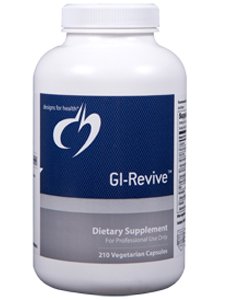 GI-Revive
75.00 STEP 4 DISCOVER YOUR FOOD ALLERGIESDiscover what your FOOD ALLERGIES are and either eliminate those foods or rotate them every four days. There are now blood tests through Quest labs that you can ask your doctor to do. Make sure you ask your doctor for both the IgE and IgG food allergy tests. IgG food allergies are much less severe and much more common than IgE allergies. IgE allergies to foods seem to cause severe anaphylactic like reactions whereas IgG food allergy reactions cause milder reactions like fatigue, abdominal pain etc. Foods that cause IgG allergic reactions often can be eaten every 4 days with no symptoms and that is the basis for the Four Day Rotation Diet If you don't have a doctor that will order food allergy testing you can follow the link below to order food allergy blood testing through Life Extension. 
|
 |
THE ADVICE PROVIDED ON THIS WEBSITE IS INTENDED TO BE USED UNDER THE SUPERVISION OF YOUR PHYSICIAN OR HEALTH CARE PROVIDER.

FOR A FREE CONSULTATION ON MOLD REMEDIATION OR REMOVAL IN YOUR AREA (For FL, CA, NY, NJ, MD, VA, and DC) CALL
1-888-808-6405

